
In this S-shaped country over 1,600 kilometers (1,000 miles) long, the weather in Vietnam changes dramatically as you go from north to south, from temperate to tropical. Vietnam has a tropical climate, and a year has four seasons: spring, summer, autumn, and winter. Read the article below for the best time to visit Vietnam and each month's climate to help you choose the right time for you.
Choosing the best time of year to visit Vietnam can be difficult, as each person's weather and travel preferences can vary. In general, the best time to confidently visit anywhere in Vietnam is from February to April, but it is important to take regional differences into account.
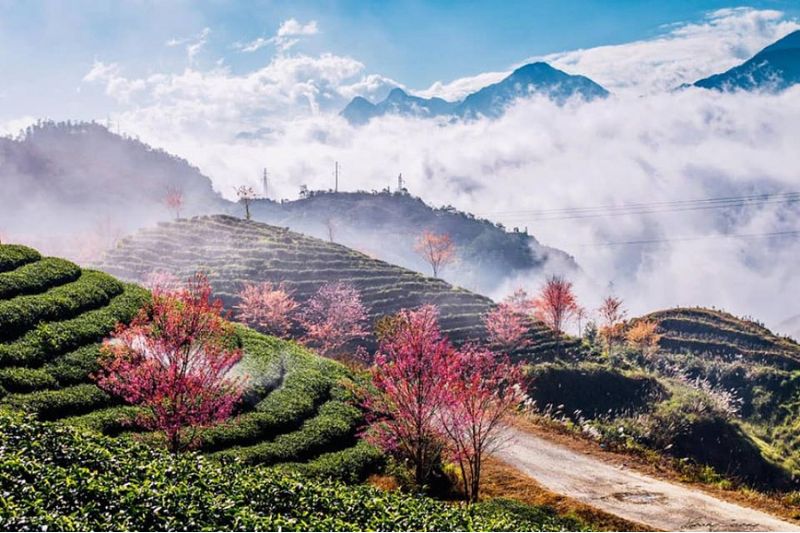
We have collected some general rules in this article for you and hope you can use them when planning your itinerary to discover the best of Vietnam.
In order to fully travel to each region, visitors need to learn about the climate, culture, people, nature... Let's discover the unique features of the three regions of Vietnam.
The period from October to April is said to be the best month to visit Northern Vietnam. However, specific areas should be taken into account when making specific travel plans.
For example, the northern mountainous areas such as Sapa, Ha Giang, and Mu Cang Chai will be most worth going to in October, with the rice harvest season starting at the end of September and offering breathtaking views of the city golden season”.
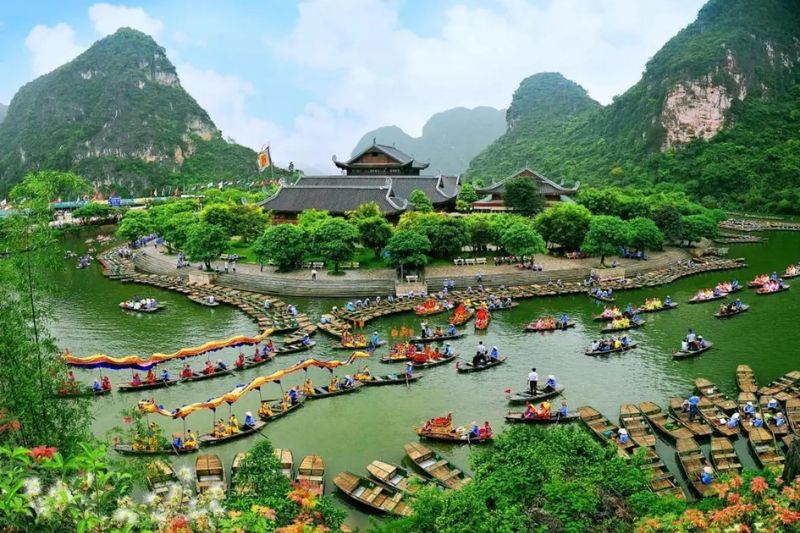
Hanoi's famous autumn starts from September to October, with rivers of yellow leaves on the streets. November is the perfect time to cruise around Halong Bay on an exciting day trip or overnight cruise.
Hue, or Hoi An, is one of the best places to visit in Vietnam. Although picturesque, during the stormy period (September to November) of the year, you should not go to Hue and Hoi An. Rainfall is not only quite high, but it can also be dangerous, potentially leading to flooding.
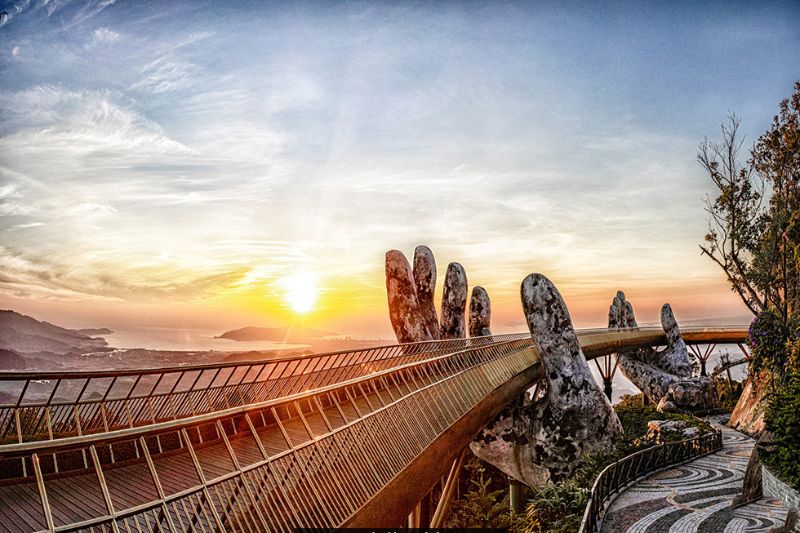
This is a permanent natural disaster that kills many Vietnamese people every year and destroys property. However, the beautiful coastline of this area will always be sunny at any time outside of the rainy season.
The heart of the South, Ho Chi Minh City, is sunbathing almost all year round. And favorable conditions have turned the Mekong Delta into one of the most fertile lands in the country.
However, in May and June, there are often heavy rains causing flooding, high tides, etc., easily causing traffic accidents. Therefore, you should avoid traveling to South Vietnam during this time.
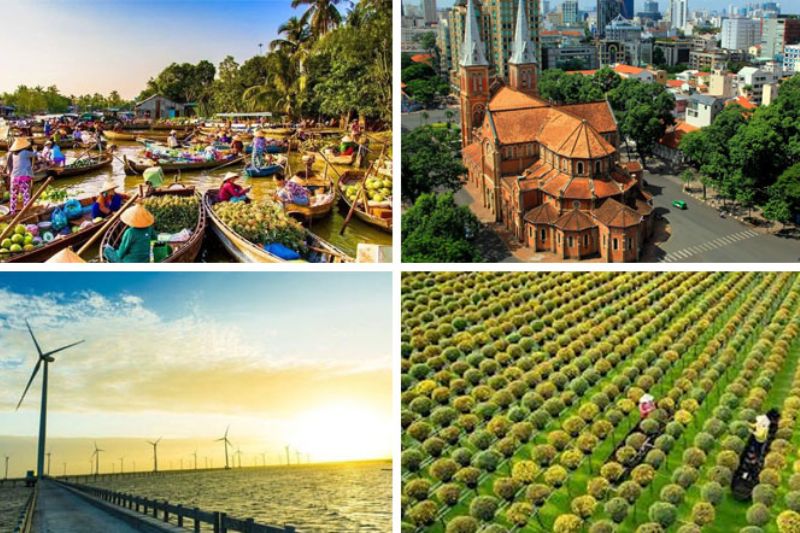
Vietnam has 4 seasons: spring - summer - autumn - winter, each season has its own beauty. Likewise, each month of the year has its own special features. Let's explore with HoaBinh Tourist the details of each month of the year right below.
Visitors to the North this month can expect cold and bitter winds, sometimes with fog and snow, while the further south you go, the more sunshine you get. Even travelers from cold climates may not be suitable for the northerly winter winds, which are said to be skin-sick and bone-chilling.

At the end of January and the beginning of February, the whole country celebrates Tet (Lunar New Year), the biggest festival of the year but of a family nature. Many attractions may be closed, and the streets will be deserted as people go home to their loved ones.
The clouds may have cleared and the cold wind may have eased, but the rule of thumb still applies: north is cold, south is hot. No matter how sunny the weather is and the sky is clear. Bringing an umbrella and raincoat with you won't go wrong, as some provinces may have showers at this time. In the South, the temperature is quite high but still at a comfortable level.
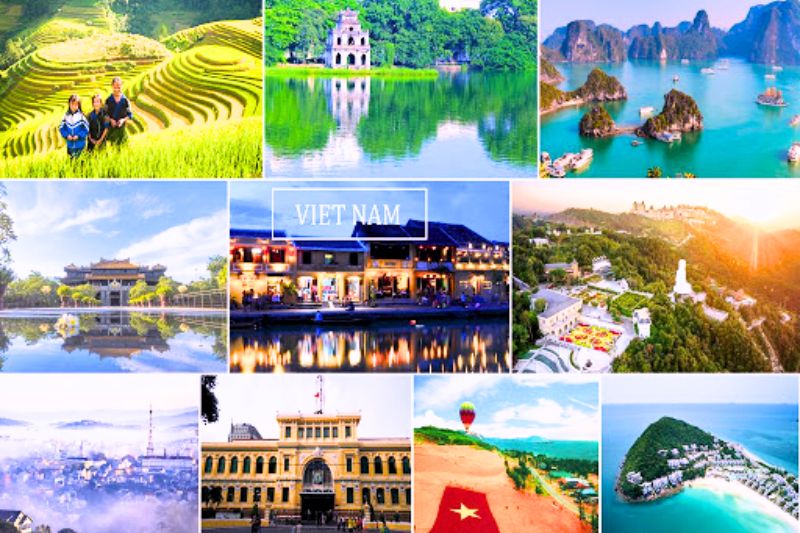
March is right in the middle of the best time frame to travel anywhere in Vietnam. Across the country, the provinces have dry and bright weather, with little rain and a bit of cold (but rising temperatures) in the north. The visibility for diving on the various islands dotting the coast is also ideal.
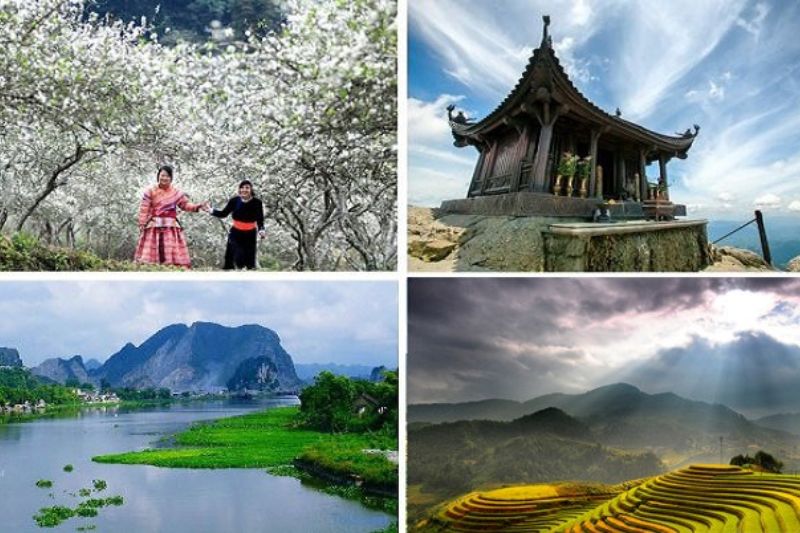
At the end of the main travel period, those who don't like crowds can breathe a sigh of relief as they enjoy their stay in Vietnam. Many dry days still occur despite the hot and humid summer in the North. Central beaches still enjoy "blue sea, white sand, and golden sunshine," and so do Southern beaches.
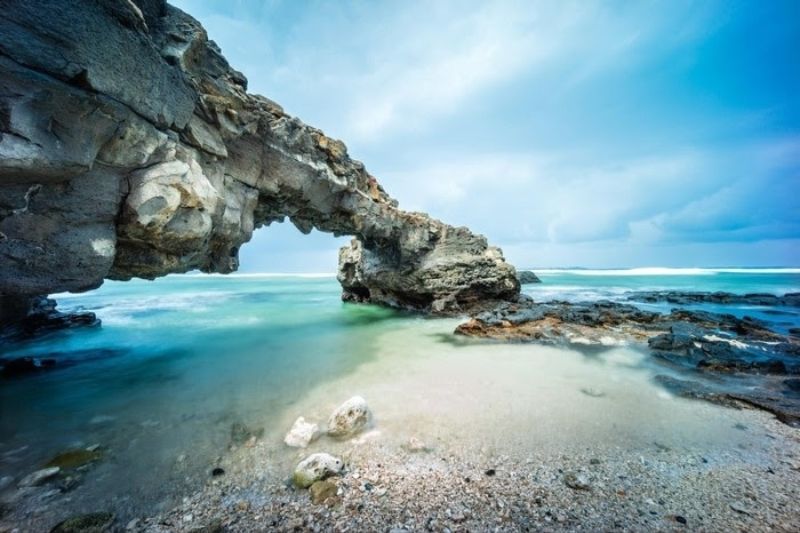
Choosing May to travel can be a bit controversial, given the possibility of increased rainfall and temperatures. The northern mountainous regions are still ideal for traversing, like Sapa and Mu Cang Chai, but Ha Giang in the same area has started to get more rain.
Similarly, Da Lat in central Vietnam is experiencing periods of rain and dryness that can hit unlucky travelers. Short but intense downpours in the South can cause delays in travel plans.

At this time, summer is approaching in the North with temperatures of 30 degrees Celsius or more, accompanied by rain that can turn into storms. It is not safe to move through the mountains because they are currently quite wet. The Central Region continues to be an ideal tourist destination with warm, sunny days.
The South also had similar days; however, they were still accompanied by torrential rains. This is also the beginning of the nesting season of the endangered Con Dao sea turtle, making it an ideal time to travel here.
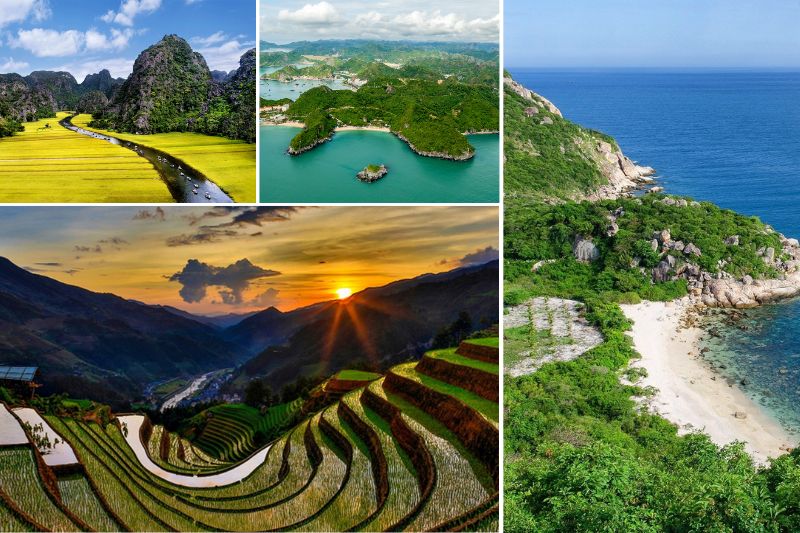
This is one of the wettest months in Hanoi. Besides, Ha Long Bay often has showers. Across the country, climbing and adventure activities would be unwise due to the heavy rainfall. However, the rain can come as a blessing to combat the uncomfortable heat in the Central Region. This is also the last month for ideal diving in Con Dao waters.
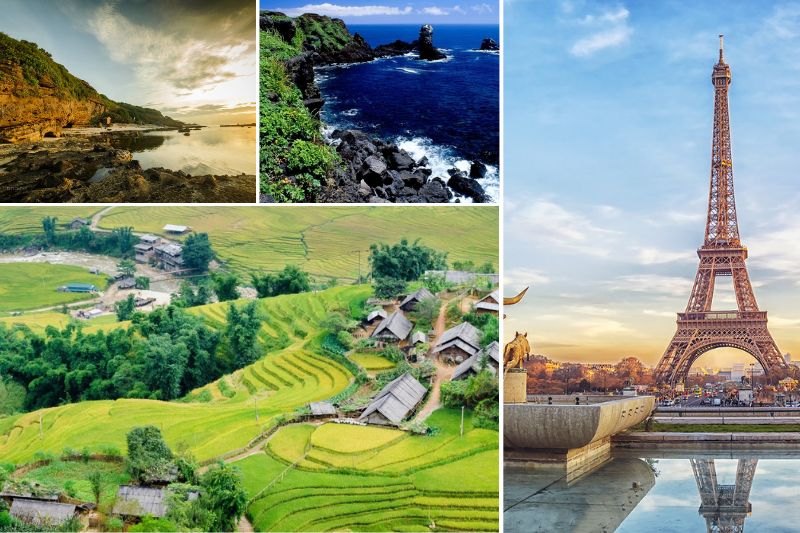
Continuing that trend, August in the North promises to ruin many travel plans with frequent showers and thunderstorms. Locals as well as tourists will avoid this inclement weather for their safety by suspending their plans to visit the central beach of Vietnam.
But with Nha Trang, the weather will be quite enjoyable, as the temperature changes are more pleasant during this period. Con Dao sea turtles will hatch and return to the sea with the support of rangers and volunteers in mid-August.
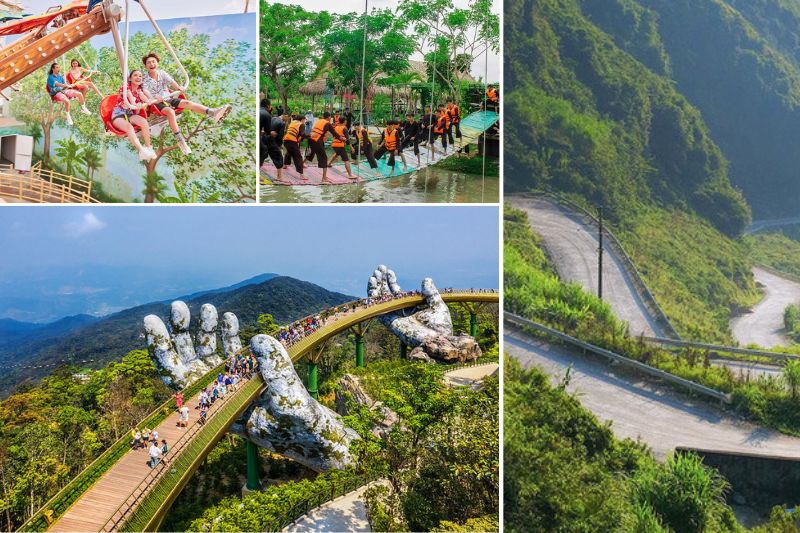
Although the heat and rain are still there, the North is entering the clear last days of summer. At the end of the month, Sapa starts to dry out and can continue the climbing journey. At the end of September, the rice fields in Mu Cang Chai turn golden, waiting for harvest and welcoming tourists to take pictures.
The rain has now shifted to the Central region as the temperature drops and the possibility of storms increases. Some parts of Phong Nha Cave may be inaccessible due to flooding. It was the turn of Da Lat and the Central Highlands to rain too heavily to be able to go on a safe trip. The South has mixed rainy and sunny days, making plans to be delayed and more flexible to adapt.
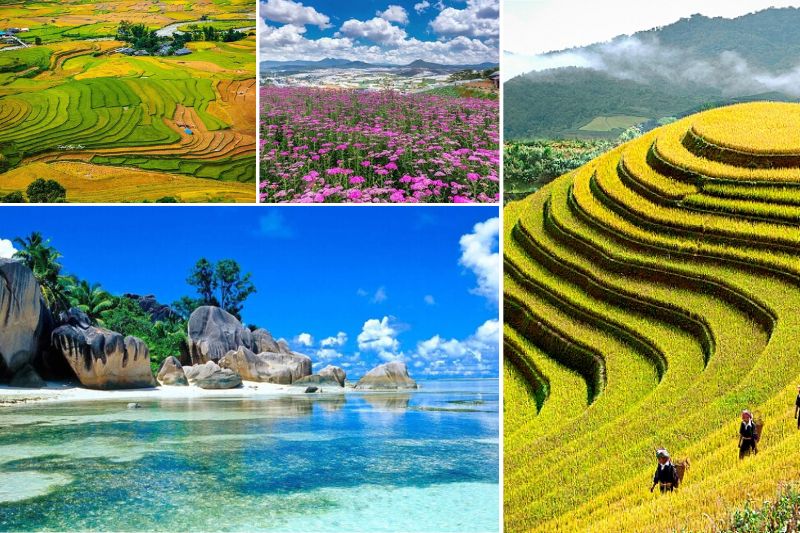
Now is the ideal time to hike in the Northern mountainous area to enjoy the verdant nature and vast man-made terraced rice fields. Unfortunately, storms currently threaten central Vietnam, with Hoi An and Da Nang prone to flooding because of their proximity to water bodies.
Almost half of Nha Trang's annual rainfall will be released in October and November, so it's best to stay away from this coastal city during this time. Instead, to enjoy the sun and sand, head south, where the area is entering its arid season, and baby sea turtles continue their journey into the ocean.
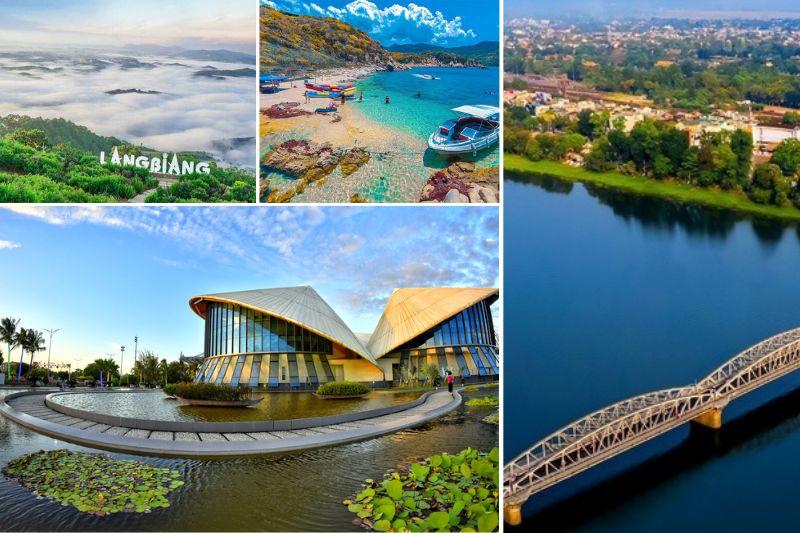
Lovers of dry and cold weather can rejoice as the North's November weather is perfect for travel. Clear skies and mild conditions make this one of the best times to enjoy a cruise on the waters of Halong Bay.
Even as the rest of central Vietnam continues to grapple with storms and floods, Da Lat and the Central Highlands enjoy clear skies and little rain. The southern beaches bask in the sunshine, many of which are easily accessible from Ho Chi Minh City, such as Phan Thiet and Mui Ne.
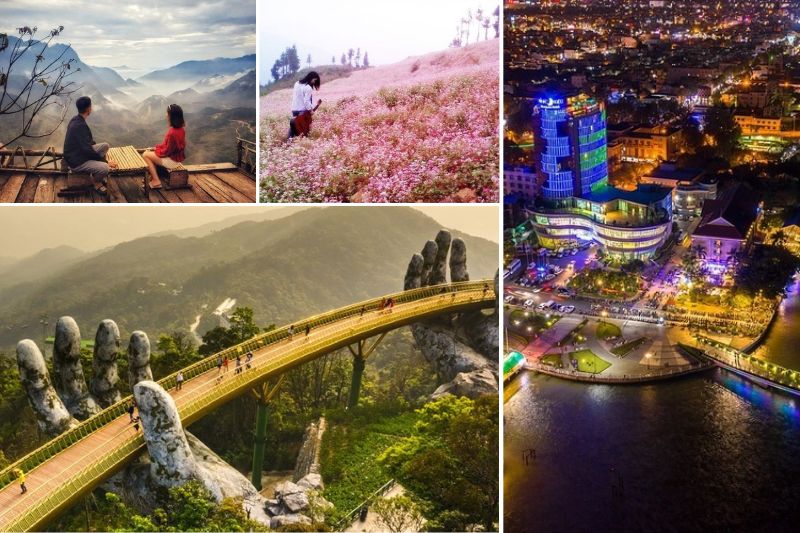
In the last month of the year, this is the time when conditions are ideal across the country. As one of the driest months of the year, December ensures that the northern mountains are still well worth the trip, but visitors are advised to pack and dress warmly. The storm has started moving from central Vietnam, but Hue is forecast to have more rain than Hoi An.
Rainfall in Nha Trang will decrease throughout the month. The South has nothing to worry about, as they have nothing but sunshine and clear skies. This is the best time to travel to Vietnam!
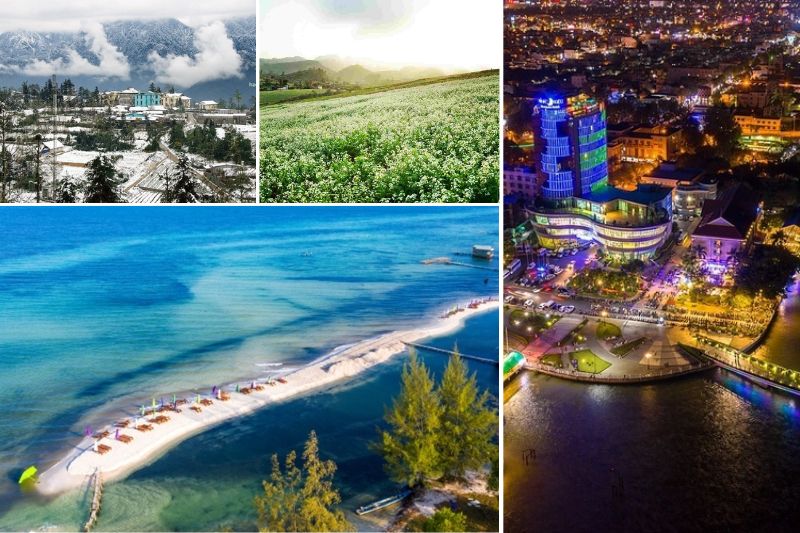
Through this article, HoaBinh Tourist hopes you have gained interesting information about the best time to visit Vietnam. Don't forget to choose tours to experience Vietnam, Laos, and Cambodia! For any questions that need to be answered, please contact us via Hotline: 0913.311.911 - 0939.311.911 for specific advice.